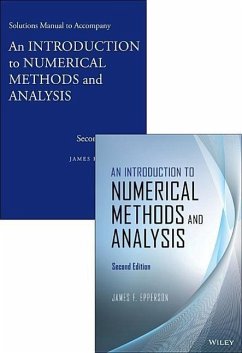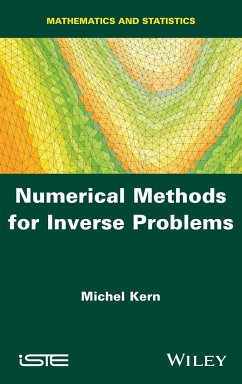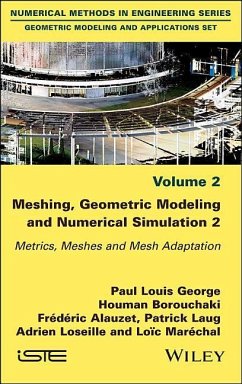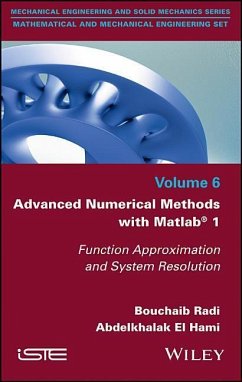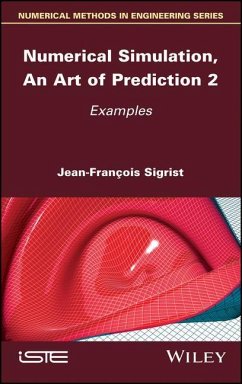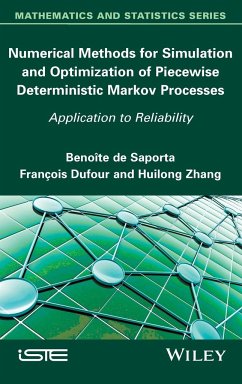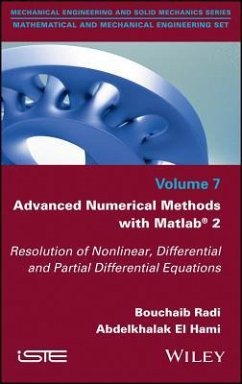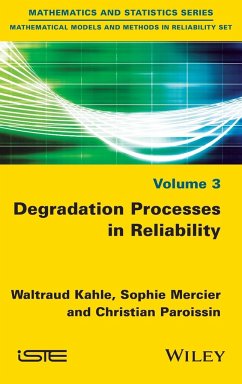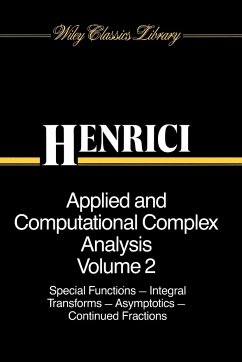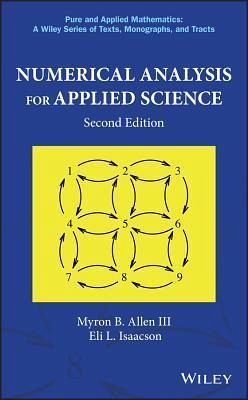
Numerical Analysis for Applied Science
Versandkostenfrei!
Versandfertig in über 4 Wochen
117,99 €
inkl. MwSt.
Weitere Ausgaben:

PAYBACK Punkte
59 °P sammeln!
Pragmatic and Adaptable Textbook Meets the Needs of Students and Instructors from Diverse Fields Numerical analysis is a core subject in data science and an essential tool for applied mathematicians, engineers, and physical and biological scientists. This updated and expanded edition of Numerical Analysis for Applied Science follows the tradition of its precursor by providing a modern, flexible approach to the theory and practical applications of the field. As before, the authors emphasize the motivation, construction, and practical considerations before presenting rigorous theoretical analysi...
Pragmatic and Adaptable Textbook Meets the Needs of Students and Instructors from Diverse Fields Numerical analysis is a core subject in data science and an essential tool for applied mathematicians, engineers, and physical and biological scientists. This updated and expanded edition of Numerical Analysis for Applied Science follows the tradition of its precursor by providing a modern, flexible approach to the theory and practical applications of the field. As before, the authors emphasize the motivation, construction, and practical considerations before presenting rigorous theoretical analysis. This approach allows instructors to adapt the textbook to a spectrum of uses, ranging from one-semester, methods-oriented courses to multi-semester theoretical courses. The book includes an expanded first chapter reviewing useful tools from analysis and linear algebra. Subsequent chapters include clearly structured expositions covering the motivation, practical considerations, and theory for each class of methods. The book includes over 250 problems exploring practical and theoretical questions and 32 pseudocodes to help students implement the methods. Other notable features include: * A preface providing advice for instructors on using the text for a single semester course or multiple-semester sequence of courses * Discussion of topics covered infrequently by other texts at this level, such as multidimensional interpolation, quasi-Newton methods in several variables, multigrid methods, preconditioned conjugate-gradient methods, finite-difference methods for partial differential equations, and an introduction to finite-element theory * New topics and expanded treatment of existing topics to address developments in the field since publication of the first edition * More than twice as many computational and theoretical exercises as the first edition. Numerical Analysis for Applied Science, Second Edition provides an excellent foundation for graduate and advanced undergraduate courses in numerical methods and numerical analysis. It is also an accessible introduction to the subject for students pursuing independent study in applied mathematics, engineering, and the physical and life sciences and a valuable reference for professionals in these areas.




